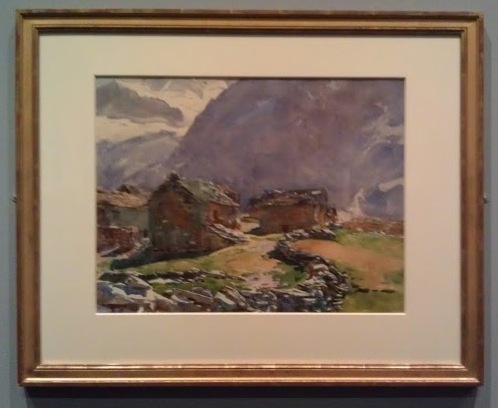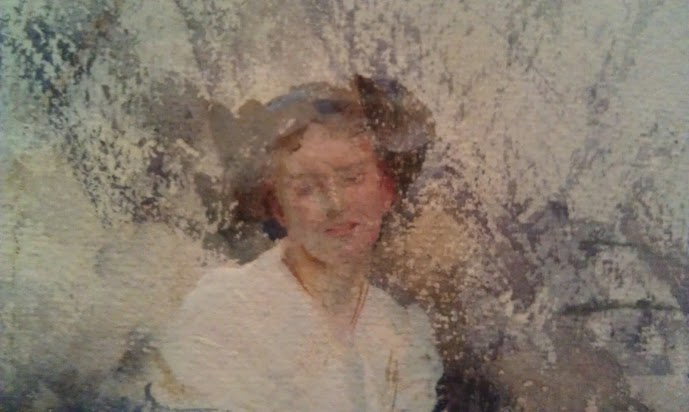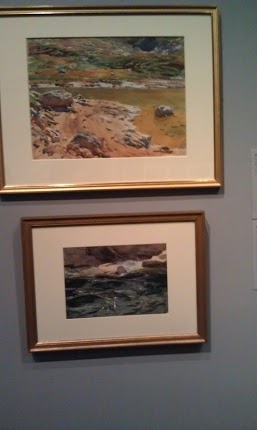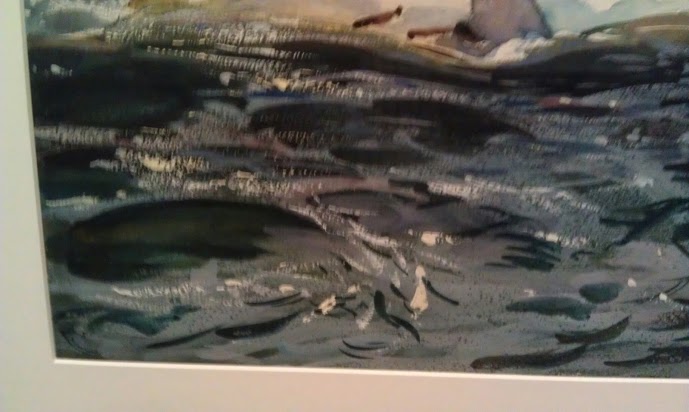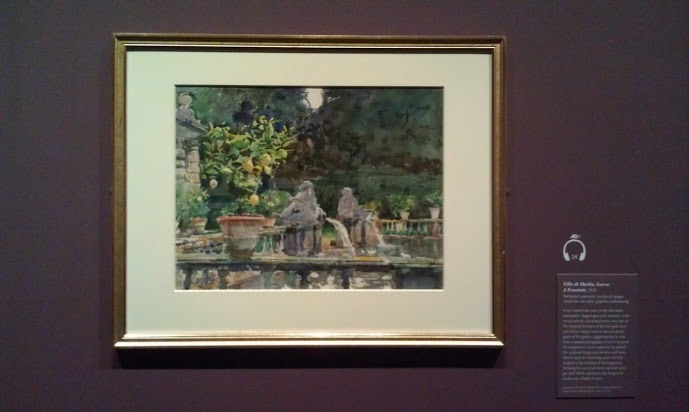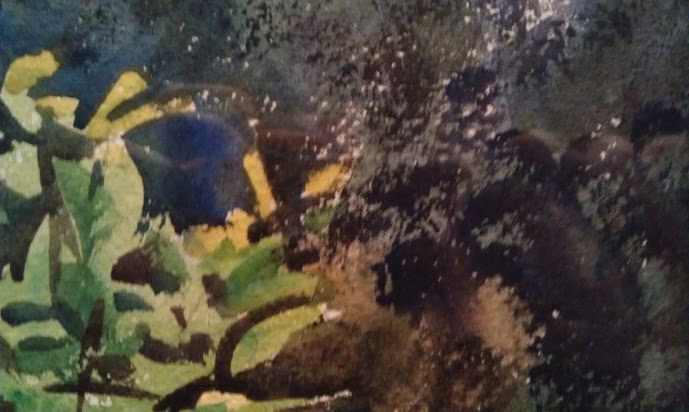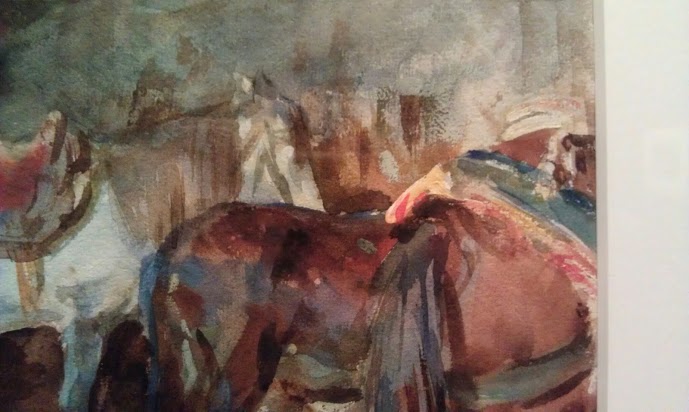 I have just visited an exhibition at the Museum of Fine Arts in Boston. This is a must-see. The watercolours by John Singer Sargent display such skill and mastery directed towards such a beautiful and delightful end that I find it difficult to see how anyone could fail to marvel at them.
I always think of Sargent as the last great artist in the naturalistic tradition. He was classically trained and died in 1925. Although he knew and was influenced by the Impressionists, he never reflected their excesses in his work. He always maintained the perfect balance of looseness with close, precise focus that one would have seen in the baroque Masters 300 years earlier and was so rare even in the 19th century; and similarly difficult to find even in the atelier trained artists of today.
I have just visited an exhibition at the Museum of Fine Arts in Boston. This is a must-see. The watercolours by John Singer Sargent display such skill and mastery directed towards such a beautiful and delightful end that I find it difficult to see how anyone could fail to marvel at them.
I always think of Sargent as the last great artist in the naturalistic tradition. He was classically trained and died in 1925. Although he knew and was influenced by the Impressionists, he never reflected their excesses in his work. He always maintained the perfect balance of looseness with close, precise focus that one would have seen in the baroque Masters 300 years earlier and was so rare even in the 19th century; and similarly difficult to find even in the atelier trained artists of today.
Sargent was an American who was born in Florence and trained in Paris, but had strong connections throughout his life with Boston and London. He made his name as a portrait artist but around the turn of the last century abandoned portraiture because he did not enjoy it and no longer needed to paint them for financial reasons. He went on tours of Europe and North Africa and painted watercolours of what he saw. A number of these were later worked up into oil paintings, but most were not. An exhibition of his 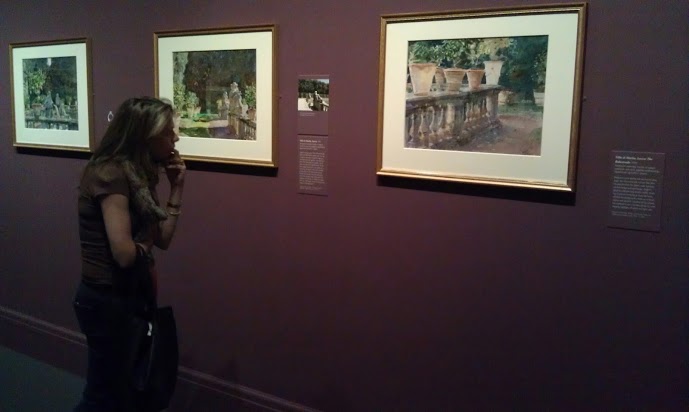 watercolours in Boston in 1908 was so well received that the MFA bought the whole show! Spurred on by this he continued to paint them with enthusiasm. In this show we see many from that first 1908 exhibition but also many from later tours. There is even an example from his paintings of the English troops ('Tommies') during the First World War - he was employed by British War Office to record scenes of combat. Seeing this reminded me of a visit to the Imperial War Museum in London where, hanging on the wall close to guns, Spitfires and Hurricanes on display there is a huge oil painting, (8ft x 20ft) of gassed and blinded troops being lead, hand in hand in a line, from the field of combat.
watercolours in Boston in 1908 was so well received that the MFA bought the whole show! Spurred on by this he continued to paint them with enthusiasm. In this show we see many from that first 1908 exhibition but also many from later tours. There is even an example from his paintings of the English troops ('Tommies') during the First World War - he was employed by British War Office to record scenes of combat. Seeing this reminded me of a visit to the Imperial War Museum in London where, hanging on the wall close to guns, Spitfires and Hurricanes on display there is a huge oil painting, (8ft x 20ft) of gassed and blinded troops being lead, hand in hand in a line, from the field of combat.
At this exhibition we were allowed, in accordance with the modern trend in exhibitions which is so heartening, to take photographs. Below I show the photos I took with my cell phone. I have produced a series of photos where you can see the whole painting, and then details, so you can get a sense of how he combines loose and expressive brushwork with more tightly controlled use so expertly. The details were taken separately with the phone just a few inches from the surface of the painting. I suggest that you just marvel at how the image pops out of what appears (deceptively) to be such casually applied paint.

